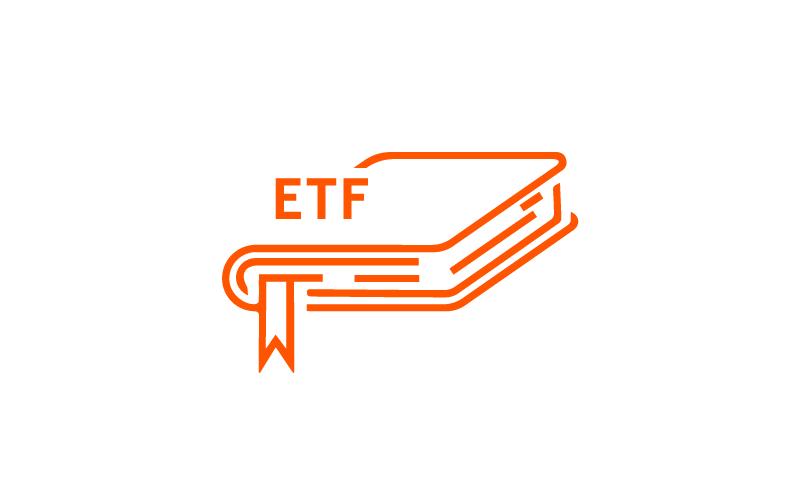Foundry Competition Race
Q: What is a foundry?
A: In the Semiconductor industry, a semiconductor fabrication plant is commonly called a fab or a foundry. It is basically a factory where integrated circuits are manufactured. There are two business models in the industry. An integrated device manufacturer (IDM) is a company with its own foundry and produces its own IC design in-house. Intel for example runs an IDM model. The second model separates the manufacturing and design of chips, where you have fabless companies like Qualcomm, Mediatek focus on IC design, and pure-play foundries like TSMC focus only on manufacturing.
Before TSMC was founded in 1987, most integrated circuit companies operated an IDM model with in-house design and manufacturing. TSMC and other foundries have developed this new business model of separating chip design and manufacturing. Overtime, IDM has been losing market share to foundries and fabless companies. One key reason is that process node migration requires significant capital investment and a high utilization rate to be profitable, fabless (design only) plus foundry is a more effective business model compared to IDM.
Q: Why is process node migration important?
A: Gordon Moore the co-founder of Fairchild and Intel famously predicts that the number of transistors in an integrated circuit double about every two years back in 1975, which has since become known as the ‘Moore’s law’. Foundry process migration work on shrinking the distance between transistors, this has allowed us to pack more transistors into a fixed area, achieving higher logic density with better power efficiency.
Q: Who is leading the current foundry competition?
Below 10nm process there are only three companies with plans for further technology migration, they are TSMC, Samsung and Intel. TSMC has been leading the industry after the 14nm process. The company started mass production for 7nm node in 1Q18, which is almost 2 years ahead of the nearest competitor Samsung, and over 4 years ahead of Intel’s most optimistic 7nm progress projection. We believe TSMC will be able to maintain its technology leadership going forward with its continuous focus on R&D and strong execution in production ramp-up.
Samsung has an aggressive timeline (see charts below) to catch up on 5nm and 3nm nodes, the company starts to ramp up on 7nm process this year. The company has 19% market share by revenue as of 2Q20, which is second behind TSMC.
Intel said in its 2Q20 results presentation that the 7nm node launch date will be further delayed by another six months from the originally planned launch at the end of 2021. It will be a full year behind the target for reaching its planned yield for 7nm chips. Management indicated the possibility to outsource production of some chip products to third-party manufacturers to alleviate the delays.
Related ETF
Global X China Semiconductor ETF enables investors to access high growth potential through companies critical to the development of semiconductors in China.
Other Key Features:
- Targeted Exposure: The fund delivers targeted exposure to an emerging theme and industry.
- ETF Efficiency: In a single trade, the fund delivers access to dozens of companies with high exposure to the semiconductor theme in China.
Please click here for more information on the Global X China Semiconductor ETF.

